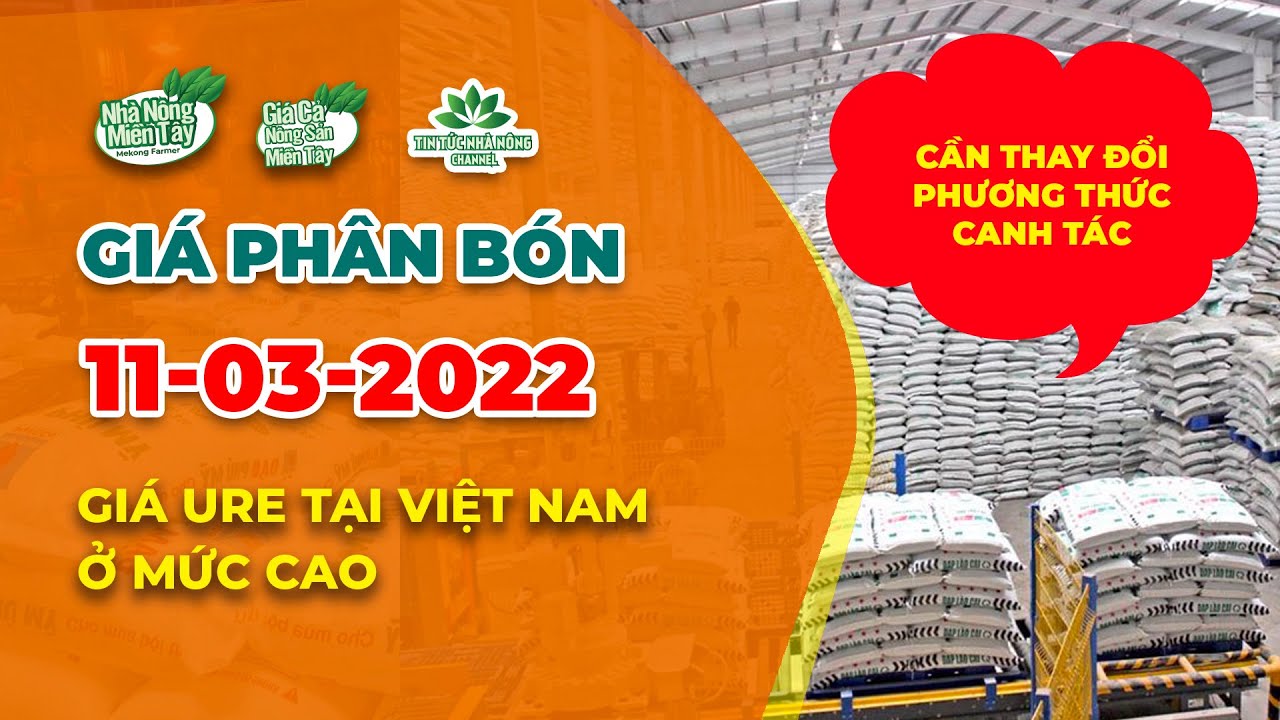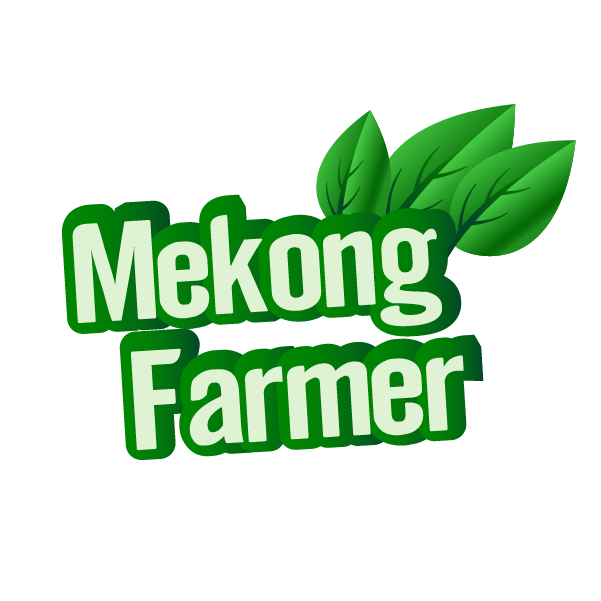fertilizer prices today, March 11, 2022: Urea prices in Vietnam are high, in the context that world Urea prices in some markets have exceeded the record level achieved in November 2021 (the price of granular Urea in Egypt has reached 1,100 USD/ton FOB). Along with crude oil, metals and many other basic commodities, fertilizer prices continue to increase sharply due to the negative impact of the Russia-Ukraine war. What to do when fertilizer prices increase too much? Fertilizer costs account for a large proportion of the total value of agricultural materials, up to 50%. Currently, the price of this commodity is increasing sharply. To reduce agricultural production costs, according to experts, farmers need to find ways to replace, use other types of fertilizers and implement the “5 rights”: fertilize the right type of fertilizer, fertilize according to the physiological needs of the plant, fertilize according to ecological needs, fertilize in the right season and weather, and fertilize with the right method. VFA forecasts that in the coming time, fertilizer imports will continue to be greatly affected by the negative impacts of the Russia-Ukraine war. In this context, domestic fertilizer manufacturers have both the opportunity and the responsibility to fully exploit their capacity. Basically, Vietnam has met the demand for some types of fertilizers, but still has to depend on importing SA and potassium fertilizers, because there is no domestic source of raw materials. Or with DAP and MAP, Vietnam still has to import in parallel with domestic production, but if imports from Russia encounter difficulties, pushing up prices, it will also affect the global market and Vietnam is not out of the negative impact. BIDV Securities Company (BSC) commented that Russia’s move to ban the export of Ammonium nitrate (NH4NO3) could push global nitrogen fertilizer prices to continue to increase. Currently, Russia’s Ammonium nitrate export output reaches about 15 million tons per year, accounting for 75% of the world’s supply. In addition, China still maintains a policy of restricting fertilizer exports to ensure domestic supply, in the context of energy shortages and high input costs (gas, coal). This will make the supply shortage more serious and push fertilizer prices to continue to remain high. According to information from Vinacam Group Joint Stock Company, a company specializing in fertilizer production and import, DAP and potassium prices on the world market remain high and show no signs of decreasing, but on the contrary, are increasing slightly due to China’s policy of restricting DAP exports and India’s import demand in the coming time of up to 4 million tons along with improvements in world agricultural prices. Mr. Phung Ha said that when fertilizer prices on the world market increase, some countries have regulatory and support policies so that farmers do not have to pay too high fertilizer prices. In this context, Vietnam should also study reasonable policies to control fertilizer prices. In 2021, our country exported 1.35 million tons of fertilizer, earning 560 million USD, but also spent 1.45 billion USD to import 4.54 million tons of fertilizers of all kinds, 3 times more than exports. The average import price of fertilizers in 2021 increased by 27.8% compared to 2020. Data from the General Department of Customs shows that in 2021, our country imported the most fertilizers from China with more than 2 million tons, worth 600 million USD; followed by Southeast Asia (504,000 tons, worth 190.4 million USD) and from Russia (370,000 tons, worth nearly 144 million USD, up nearly 8% in volume, but up more than 30% in value compared to 2020). Need to change farming methods Faced with high fertilizer prices, many agricultural cooperatives have carefully studied the fields combined with farmers’ experience to propose suitable farming methods right in the 2021-2022 winter-spring crop, in the direction of only fertilizing 50% of the amount to reduce costs. Many experts also recommend that, in order to best adapt to the current context, farmers need to promote the application of new technical advances to reduce the amount of fertilizer, using organic fertilizers to partially replace inorganic fertilizers. In addition, encourage and support farmers to produce and use organic fertilizers from available raw materials (crop by-products, livestock waste, household waste, etc.) to both improve the soil and improve efficiency, thereby reducing dependence on chemical fertilizers. #fertilizer_price #farmers #western_region #fertilizer_price #fertilizer #fertilizer #fertilizer #potassium_price #agriculture #fertilizer #agricultural materials
source




